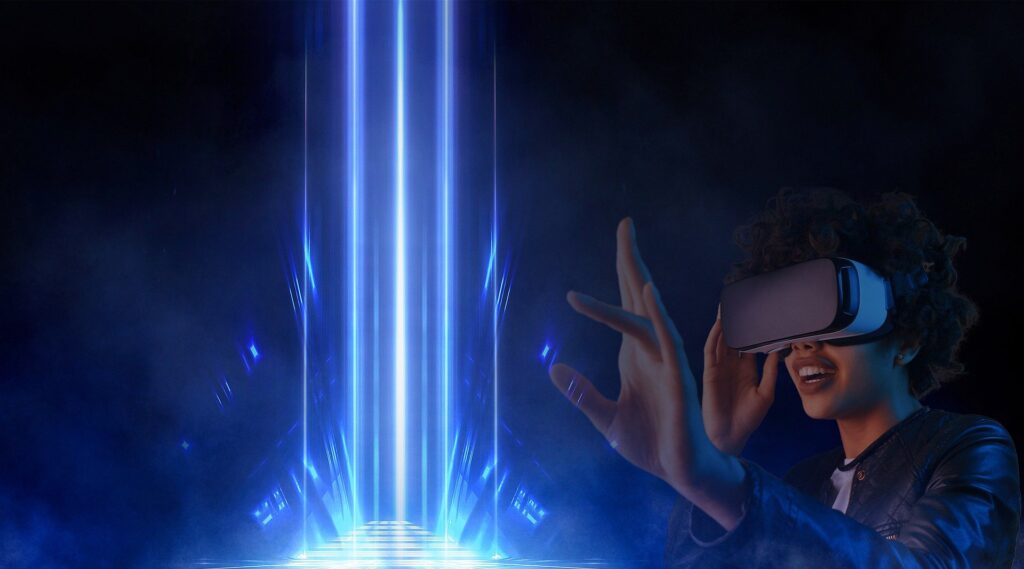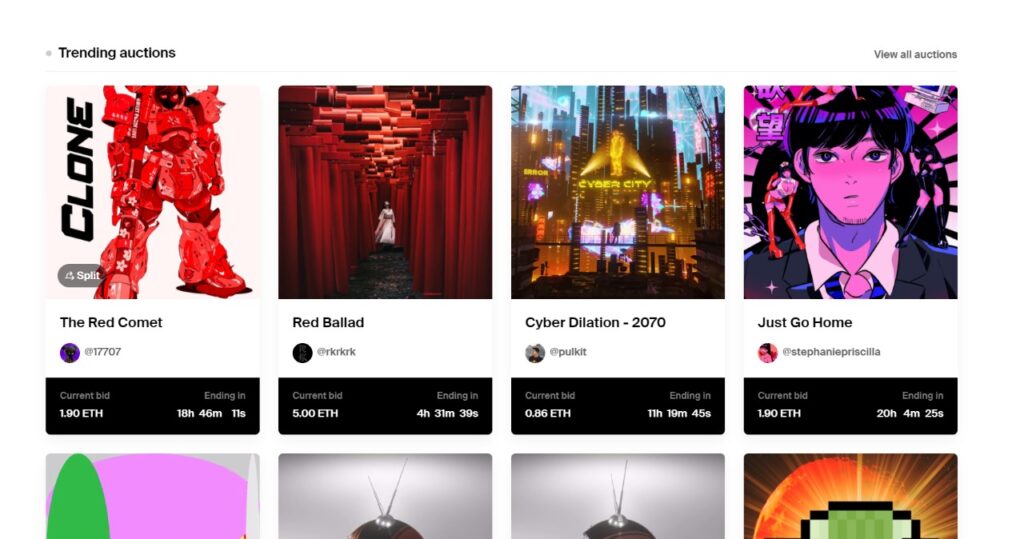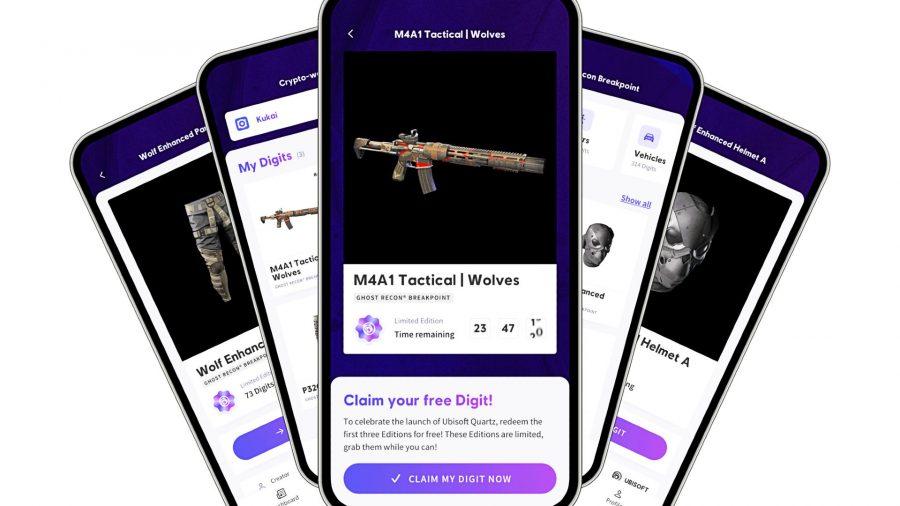
Por Hans Leguízamo. Península 360 Press [P360P]
Con el cambio de nombre de Facebook a Meta vino el anuncio de que Zuckerberg estaba planeando construir un metaverso para su plataforma (también reflejado en el cambio de nombre). Poco tiempo después Epic Games, Microsoft, Ubisoft y otras compañías anunciaron que estaban interesados en construir su propio metaverso. Este término se ha asociado rápidamente con criptomonedas, NFTs y videojuegos.
Todos ellos usan el concepto de metaverso como “vendedores de aceite de serpiente” sin explicar con precisión de qué se trata. La razón es que construir el metaverso es física y logísticamente imposible con la tecnología y recursos de cualquiera de estas compañías.
¿Qué es el metaverso?
El llamado metaverso es un concepto tomado de la novela de ciencia ficción l Snow Crash,de Neal Stephenson. Es un mundo de realidad virtual en donde los usuarios, representados por avatares, pueden interactuar, comprar propiedades, ganar dinero y esencialmente ser y hacer cualquier cosa que el usuario desee. Este metaverso es alimentado por el trabajo constante de todos los usuarios quienes programan y aceptan trabajos entre sí mismos para complacer las necesidades y caprichos de quien pueda pagarlos.
El metaverso entonces es una plataforma de realidad virtual en perpetuo desarrollo. No pueden existir dos metaversos, dada la intención de la plataforma de ser un mundo paralelo al físico. Es esta cualidad, la de ser un universo dentro de otro universo, lo que la distingue de cualquier otra sala de realidad virtual o videojuego masivo en línea. En este sentido, puede pensarse como el internet, una red de intercambio de información que no tiene dueño exacto, pero que hemos convertido en nuestra manera principal de interacción, empleo, información y entretenimiento. La diferencia entonces entre el internet y el metaverso es la realidad virtual y la interacción en tiempo real con avatares de distintos usuarios.
El “metaverso” de Meta
Por fin conocemos Horizon Worlds y Horizon Workrooms los programas que meta anuncia como la primera piedra de su metaverso.
Worlds es un programa de realidad virtual que combina una sala social con escultura 3D y programación básica para hasta 25 personas. Es un programa de socialización con posibilidades de crear mundos privados y esculpir objetos básicos así como darles características predeterminadas y hacer pequeños códigos para animar a tus creaciones.
Horizon Workrooms es una sala virtual diseñada para ser un área de trabajo. Es esencialmente una oficina virtual en la que se pueden conectar hasta 16 personas con avatar y hasta 50 con video llamada.
Horizon Workrooms – Remote Collaboration Reimagined
Lo que han experimentado los usuarios de estos programas no tiene nada que ver con el concepto de metaverso, ni siquiera se acercan a lo que conocemos como juegos masivos en línea. Son salas de realidad virtual vendidas con la etiqueta de metaverso. Quizás la cosa más cercana a lo que Neal Stephenson describe en su novela sea la oportunidad de usar herramientas rudimentarias de programación para crear distintos contenidos.
Zuckerberg y su equipo saben que no son capaces de crear algo semejante al metaverso, pero ese no es su objetivo. El lanzamiento de estas aplicaciones que se ha anunciado serán gratuitas, no es más que un intento de monopolio sobre el acceso a la realidad virtual con Facebook al centro. Pretenden ser la compañía que se use como sinónimo de realidad virtual entrando al mercado antes de que haya competidores.
La cuestión del dinero
La industria de los videojuegos ha crecido de manera exponencial en los últimos años, y poco tiene que ver con el desarrollo de los videojuegos mismos. Esta expansión se debe a la integración de distintos métodos de monetización. Es tan común, que los juegos mismos son diseñados alrededor de estos sistemas. Es decir, las decisiones “creativas” se toman en relación con crear la necesidad en los jugadores de gastar dinero. Muchas veces, las compañías ya saben cómo van a monetizar el producto sin estar seguros de cómo es el producto mismo.
Podemos ver en los videojuegos tendencias que sin duda alguna afectarán (y están afectando) la creación de los mal llamados “metaversos” de distintas compañías. La compra de objetos digitales, el uso de monedas virtuales que se compran con dinero real, recompensas diarias para mantener a los jugadores pegados a la pantalla, recompensas aleatorias y un sin fin de artimañas están bien establecidas y probadas en la industria. Sin embargo, hay una tecnología emergente que ha capturado la atención de inversionistas y desarrolladores de videojuegos, la tecnología blockchain (bloques de cadena) usada en las criptomonedas y los Tokens No Fungibles o NFTs por sus siglas en inglés.
El mismo tema de los bloques de cadena y los NFTs merece una explicación profunda y es bastante interesante, pero para entender su relación con el metaverso basta con una resumen sencillo.
La tecnología de bloques de cadena es una especie de firma digital irreplicable que guarda información. Una vez que se ha confirmado información en ella, no se puede modificar y lleva un registro sobre el cual se va construyendo una “cadena” de eventos. Es así como se rastrean y aseguran las interacciones, posesión y existencia de criptomonedas. Es también la tecnología que respalda a los NFTs, en dónde token significa un objeto digital. El objeto en cuestión puede ser una imágen, un GIF, esculturas 3D, es decir, arte digital en general.
A diferencia de la criptomoneda, un NFT no es equivalente a ningún otro, es decir, cada uno actúa como una firma irrepetible e infalsificable. Estos NFTs, se pueden vender, comprar y validar su posesión mediante la misma tecnología de blockchain. Cabe mencionar que el NFT en sí no es la obra de arte digital, sino la firma digital asociada a ella.
Estos Tokens No Fungibles dotan de una característica particular a los bienes digitales, los hace “únicos”. Sus aficionados compran, venden y subastan estos comprobantes de posesión como si se trataran de obras de cualquier artista clásico y pueden alcanzar los miles de dólares.

A finales del 2021, la compañía de videojuegos Ubisoft lanzó una tienda digital de NFTs llamada Quartz. Integrada con el videojuego Ghost Recon Breakpoint, esta plataforma permite a los usuarios adquirir objetos cosméticos del juego con NFTs asociados. Según Ubisoft, estos cosméticos, son creados en un número limitado y pueden ser vendidos y comprados entre los usuarios de Quartz. Esto, además de integrar un valor determinado por la oferta y la demanda, agrega una cualidad de rareza y escasez a un objeto digital antes replicable indefinidamente. Según palabras de la compañía francesa, le da a los jugadores control sobre sus bienes digitales y los empodera.

La respuesta de los jugadores fue mucho peor de lo esperada y a pesar de que los primeros NFTs de esta empresa fueron obsequiados a los usuarios de Quartz, se reportan pocos movimientos de estos objetos en el mercado y el video anunciando estos nuevos Tokens No Fungibles fue deslistado de YouTube por la empresa debido a su mala recepción.
Y no es para menos, como ya se ha mencionado, esta tecnología representa un comprobante de propiedad, pero no es el objeto o arte en sí. El artista o distribuidor original del token puede reservarse los derechos de comercialización de la imágen, y en el Caso de Ubisoft, la compañía se reserva los derechos sobre los modelos y representaciones gráficas del token en cuestión. A pesar de que la firma digital (la cadena de código que representa tu propiedad) sea tuya, Ubisoft puede revocar los derechos sobre la representación gráfica asociada a la misma.
¿Qué es lo que gana Ubisoft en todo esto? La tecnología blockchain guarda la información de todas las transacciones realizadas con esa firma electrónica y por lo tanto, puede rastrear al dueño original. En tal caso, ubisoft ganaría un porcentaje de todas las transacciones subsecuentes relacionadas con ese NFT, incluso, si el videojuego asociado deja de estar disponible.
¿Ahora tiene sentido lo que decía Zuckerberg durante la presentación de Meta sobre traer cosas al metaverso y “compartirlas”?
¿Porque siempre tienen que ser sombreros?
Siguiendo el ya probado y confiable método de las compañías de videojuegos de vender sombreros como cosméticos, vamos a imaginarnos un ejemplo de cómo Meta y otras compañías pretenden sacar provecho de sus “metaversos”.
Horizon Worlds y Horizon Workrooms de Meta te permiten personalizar a tu avatar, el programa cuenta con una variedad de accesorios, incluyendo gorras y sombreros de distintos estilos de manera gratuita. Por supuesto, Meta ha incluido una selección de artículos “premium” que tienen que ser comprados.
Meta entonces asegura un contrato con la NBA para la celebración de su 75 aniversario con la intención de crear una gorra conmemorativa. Sabiendo el interés de sus usuarios, crea una línea limitada de NFTs. Digamos que hace 1000 gorras conmemorativas y las vende a usuarios “selectos”. Los usuarios que compren estos tokens podrán revenderlos a su antojo y el precio iría incrementando siempre que aumente su demanda. Por supuesto, Meta recibirá una cantidad de dinero cada vez que uno de estos tokens sea vendido.
Incrementemos la complejidad. Meta ha anunciado que está trabajando con desarrolladores para crear videojuegos exclusivos para su plataforma y también está trabajando con compañías para atraer videojuegos populares. El siguiente paso es negociar con los desarrolladores la integración de los NFTs y la inclusión de la gorra conmemorativa de la NBA. Así, con el token como llave, podrás “traer” la gorra que posees a tu videojuego de preferencia. Por supuesto, la gorra no va a ningún lado, lo que ha pasado es que los programadores han modelado una gorra parecida en el motor gráfico de su juego y limitan el acceso a ella a las personas que puedan comprobar la posesión del NFT asociado. El mercado de esta gorra conmemorativa se extiende y ahora alcanza a todas las personas que jueguen los videojuegos que han decidido cooperar con Meta.
Ahora vayamos al meollo del asunto. ¿Recuerdas que Horizon Worlds permite a los usuarios crear objetos básicos y programación rudimentaria? Estas herramientas fácilmente se pueden utilizar para crear sombreros. Sombreros que pueden entonces registrarse dentro del ecosistema de Meta y ser utilizado en cualquier programa de su línea de realidad virtual. Los usuarios podrían subastar, comprar y vender sombreros digitales que ellos mismos crearon para hacer ganancias.
Los sombreros son un ejemplo burdo de lo que la industria de los videojuegos ha hecho durante años, esto es mucho más grande. Los usuarios de Meta podrían crear arte, esculturas, modos de juegos, historias, muebles para casas virtuales, etc. Todo esto generaría ganancias constantes y permanentes mientras el ecosistema de programas y videojuegos de Meta siga funcionando.
La idea del metaverso no es más que una inspiración superficial para mistificar el objetivo de estas empresas; crear un ecosistema de programas que pueden comunicarse entre sí y que sean la base de una economía de NFTs presentes entre distintas plataformas.
Esta tecnología atrae como cantos de sirenas a inversionistas, quienes ven cómo algunas obras digitales se han logrado vender por más de 90 millones de dólares. No dejan de fantasear su integración a un mundo digital en el que puedan poseer, vender, recibir ganancias y comerse el pastel, todo al mismo tiempo.
Te puede interesar: El CEO de Nvidia no ve fin a la escasez de chips

